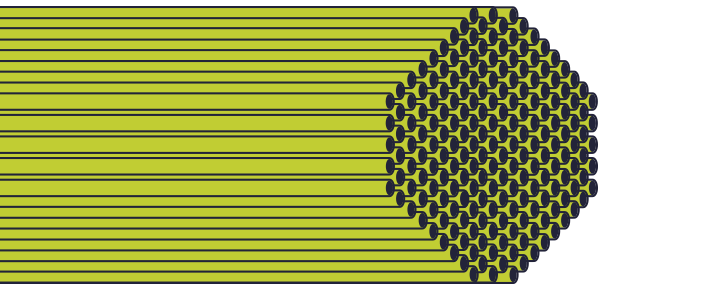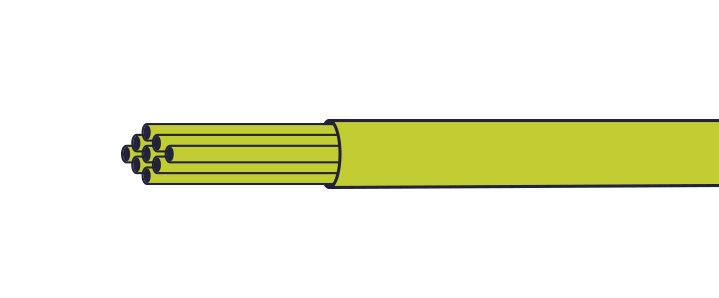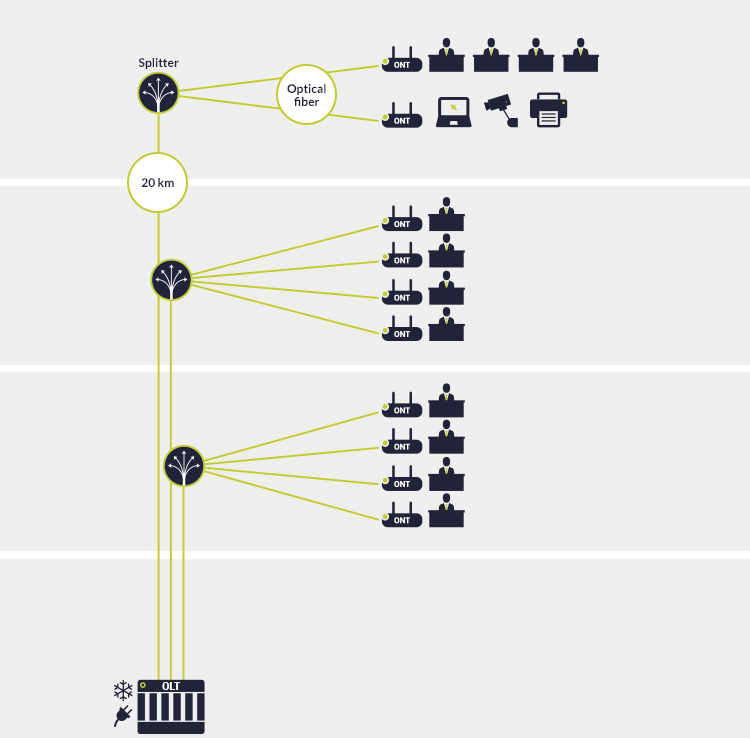

Why install a Local Passive Optical Network (POL) at a residencial complex, an office building, a campus, a hotel, a building or a factory?
A total cost of ownership (TCO) 65% that of a traditional
copper LAN architecture and a quick return on investment (ROI), guaranteed!

Reduction of
capital

Reduction of
operating costs

Reduction of
energy and
cooling needs

Reduction of
necessary
floor space

An innovative infrastructure, a
network that is reliable and secure,
and unbeatable bandwidth and scalability!

Lasts up
to 50 yrs

Transmission
at the speed
of light

Download
speeds up to
50x faster

Upload
speeds up to
300x faster

A simplified network that can help
you achieve your goals
within the leed certification program for housing

diminished
environmental
impact

reduced use
of non-renewable
materials

low
energy
consumption

reduction
of cooling
needs

There are many advantages
to using optical fibres.
While copper cable circulates an electrical signal which is sensitive to electromagnetic interference, fibre transmits light. At a tiny fraction of the size of a copper cable—the diametre of a hair—fibre lets you get rid of the piles of cable and excess heat that paralyze servers.

On average, internet use
increases by 50% per year.
The twisted pair cable that we use every time we connect to the internet has reached its technological limits and has begun to be problematic. Twisted pair copper cable was originally designed for use with telephones. Today, the amount of information that flows through these cables has become too much for them to handle. This causes the cables to be much more sensitive to imperfections in their installation and also leads to connectivity problems.
Managing a passive optical LAN (POL) is simpler and gives you a variety of advanced functions, allowing you to administer a campus, a building or a site from a single centralised location.


A passive optical LAN (POL)
can replace traditional copper cabling (cat5, cat5e, cat6, etc.) using singlemode fibre optic cable.
Having a near infinite capacity, fibre permits your needs to evolve without having to constantly upgrade cabling so that your bandwidth can keep pace.
Just one fibre can be shared by multiple users. The final result is the same. Each home or work station has its own fibre. The use of couplers in the network, placed between the user and the patch node, allows information to be shared and transmitted on one fibre between 64 or 128 users. Each of these users receives the same light signal. As a result, the data is encoded upstream and “separated” by the client’s optical network terminal (ONT).


A proven solution to support multiple
voice, video and data services.
A passive optical LAN (POL) lets you replace active intermediate distribution frames (IDFS)
with passive components thereby reducing energy, floor space
and cooling needs as well as installation costs.


Present in both Canada and Africa, Fibre Zone Inc. is a canadian business comprised of fibre optics specialists and experts in telecommunication infrastructures. It is made up of a highly qualified team with wide-reaching experience in optical fibre, copper multiconductor cables and coaxial cables. With an extensive knowledge of design, preliminary engineering, consulting, training, budget estimates in addition to project and infrastructure management, Fibre Zone offers expert perspectives on local networks (LAN), metropolitan networks (MAN), extended/wide networks (WAN) as well as fibre to the home (FTTH, FTTN, FTTX, etc.).

We are a long-time member of the FOA and are proud to be the only organisation in North America as well as the only one in Northern and Western Africa to offer FOA certification in french. Anyone wishing to join this international association of fibre optic professionals must first demonstrate their expertise and aptitudes.

We are the only organisation in Quebec to have personnel recognized by the FTTH council as “certified fiber to the home professionals.” This certification acknowledges an high level of technical skill in FTTX fibre technology, especially relating to FTTH (to the home) and FTTB (to the building).

We are a corporate member of Bicsi, the worldwide association for cabling design and installation professionals. Their goal is to provide information, education and knowledge assessment for individuals in the information and communications technology (ITC) community.